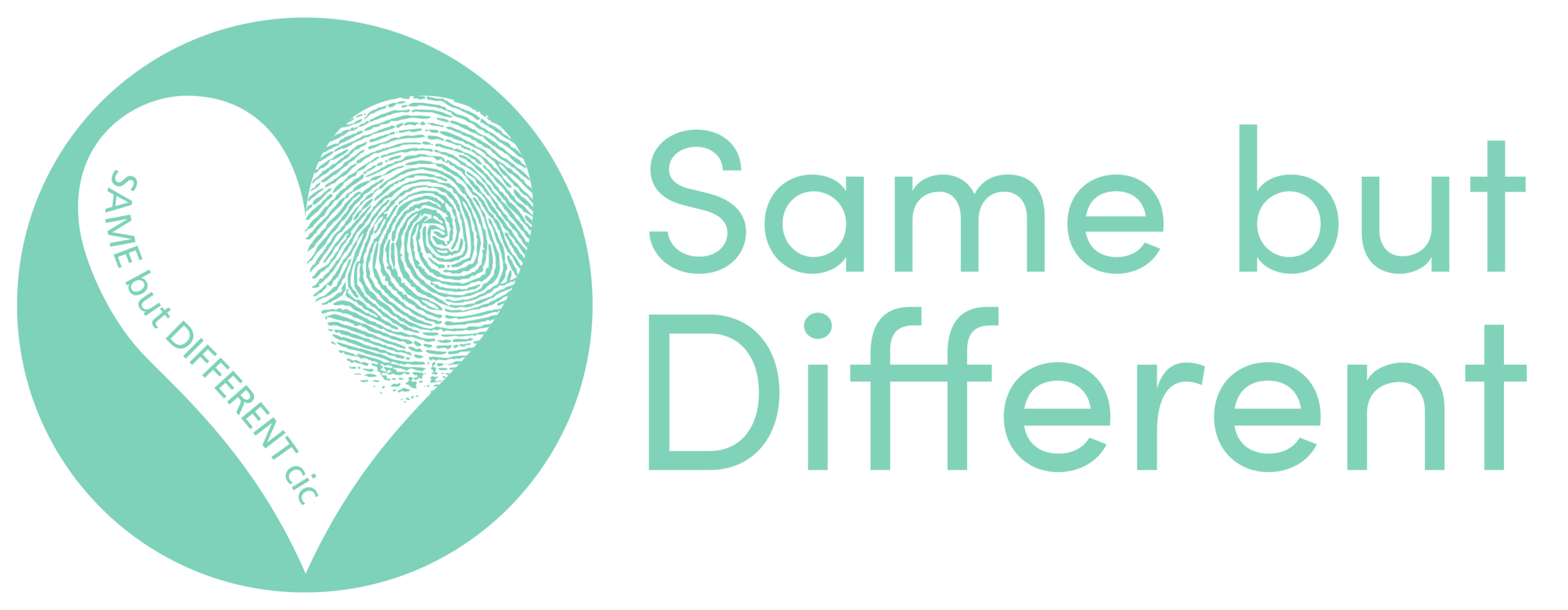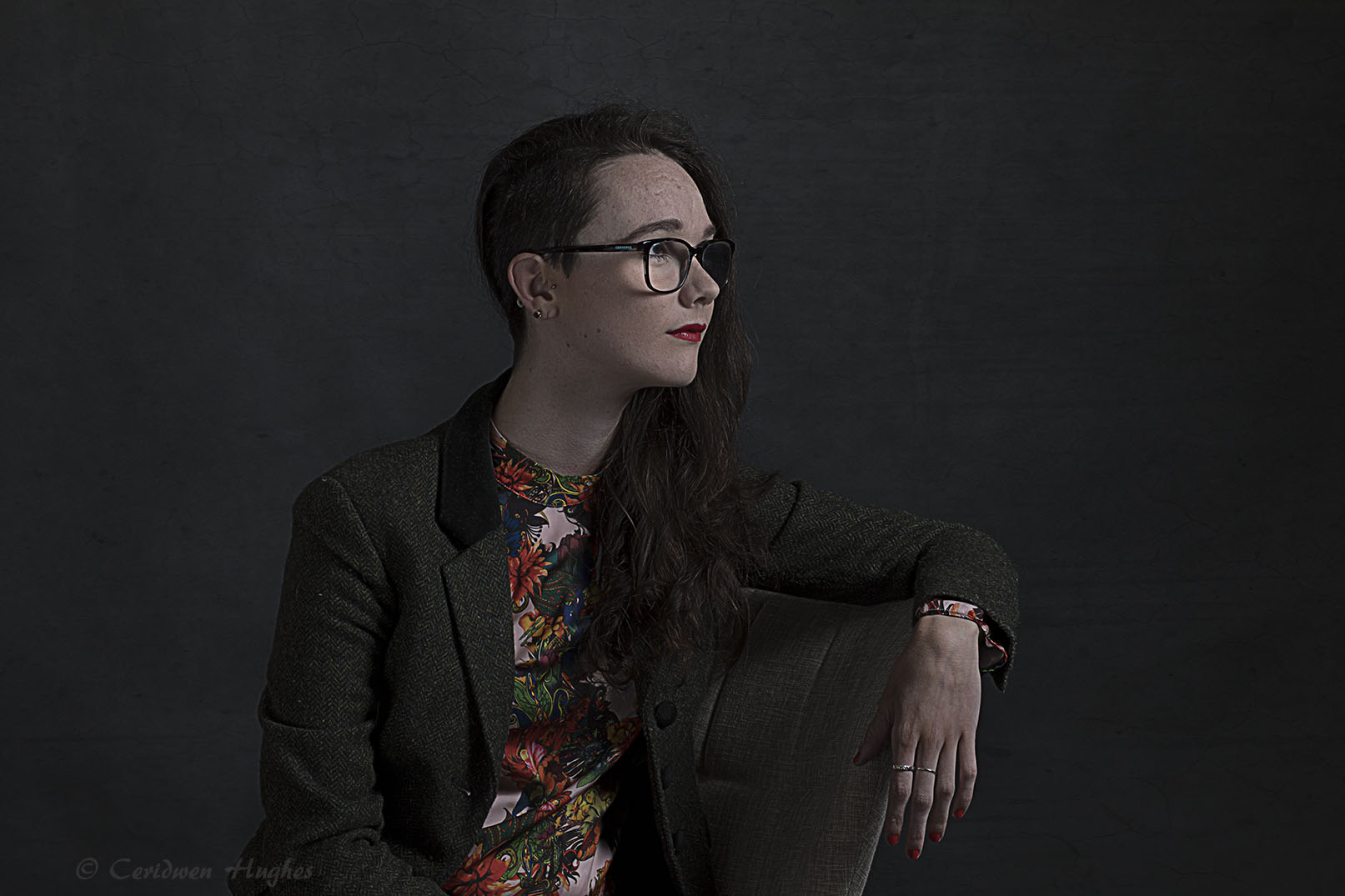Phoebe - Ehlers Danlos Syndrome
Phoebe has Ehlers Danlos Syndrome.
"You can get different types of it depending of what gene has been passed down to you. I have classical type EDS which obviously means I dislocate all joints at any time, whether due to trauma or not, my skin splits easily, I have scoliosis, it affects my internal organs, my heart – I’m on medication for my heart and it affects my eyesight. I also suffer from chronic fatigue syndrome so I feel drained. On top of the pain I get from the dislocations I have day to day pain from the muscles overworking, trying to hold in my joints, so it’s a catch 22.
I think the tiredness is difficult for people to understand, especially when there is no reason for you to be tired, you didn’t do anything different the day before, you didn’t have a late night, you didn’t have a bad sleep and yet you wake up and feel that you haven’t had any sleep.
I do think it’s hard, even for people who are really close to me. I think that concept of how can somebody be so tired all the time, how can that happen? I could sleep for 24 hours, get up and still feel like I’ve probably had 4 hours. Having the routine of work is helping. Knowing that I have to get up for a certain time and get back, and knowing I have to be up for a certain time the next day, I don’t mind being tired anymore if I’m doing something. It just feels a bit more normal, if normal is a thing.
I was diagnosed fairly early as a baby. When I was born, I was born with my hips dislocated and they thought it was hip dysplasia. Slowly they started to realise that my ankles were coming out every time my nappy was changed and I would just scream in pain every time my mum tried picking me up or change my nappy, change my clothes, everything like that. And I think that’s when they thought there’s something more going on here, and then they looked into my parent’s history and discovered that also my dad was displaying symptoms of the same condition. I’ve always said that I think I’m fairly lucky that this is all I’ve known. I’ve been brought up knowing that I’ve EDS so I haven’t had the time where I didn’t think I had this.
I think the awareness is important so that people stop judging everyone. There’s a lot of invisible disabilities out there too and just because they may not use a stick or a wheelchair does not make them any less disabled.
Day to day the condition means it is a struggle just doing normal things. I can wake up and have a fairly easy day in terms of no dislocations, whereas the next day I could be in absolute agony or my spine hurting, the nerves in my legs or going weird and funny and feeling like my legs are on fire. It’s like you’re only given so much energy and everything you do takes a chunk of that, so you know whether you’re having a good or a bad day, you’ve only got so much to go. I would say the tiredness is the hardest because with the pain there’s things you can do for it but there is nothing you can do for the tiredness. People say sleep but it doesn’t work in this case.
I don’t think the impact of this condition really dawned on me until around 13. Obviously everyone goes through puberty and things like that, but if you’re already hypermobile, you’re already too flexible, then the added addition of hormones to make females more mobile, hypermobile and flexible. It just meant that every dislocation was exaggerated. My limbs, instead of just dislocating, would rotate fully on me, they would like dislocate to the max. I had times where my shoulder, elbow and wrist would all come out at the same time and then the stress of that sometimes would cause the other arm to go, as that one was out. It meant I had to take lots of time off school which was hard. Everyone knows when you’re at school, nobody likes it. Nobody enjoys doing the work but when somebody takes that away from you it is incredibly hard.
For my family it has been really hard. They saw how low I got in terms of my physical health from the ages of 13 to 20. I do hide things from them. That’s not because I don’t think they would understand, I just don’t want that pressure on them and I don’t want it to upset them.
I used to worry about the future but I just tell myself now that my teenage years were probably the worst years physically I could go through. If you’ve already been at that low point you can try and rationalise that if it got that bad again it’s going to be horrible but you would know what to expect. You know people stood by you that time so you know they would stand by you if it happens again."
The Ehlers-Danlos syndromes (EDS) are a group of thirteen individual genetic conditions, all of which affect the body’s connective tissue. Connective tissue lies between other tissues and organs, keeping these separate whilst connecting them, holding everything in place and providing support, like the mortar between bricks. In EDS, a gene mutation causes a certain kind of connective tissue – the kind will depend on the type of EDS but usually a form of collagen – to be fragile and stretchy. This stretchiness can sometimes be seen in the skin of someone with EDS; individuals with the condition may also be able to extend their joints further than is usual – this is known as being hypermobile, bendy or double-jointed. As collagen is present throughout the body, people with EDS tend to experience a broad range of symptoms, most of them less visible than the skin and joint differences. These are complex syndromes affecting many systems of the body at once, despite this EDS is often an invisible disability. Symptoms commonly include, but are not limited to, long-term pain, chronic fatigue, dizziness, palpitations and digestive disorders. Such problems and their severity vary considerably from person to person, even in the same type of EDS and within the same family. (source: Ehlers Danlos Support UK)
For more information on Ehlers Danlos Syndrome visit www.ehlers-danlos.org.
If you wish to discuss this project or reproduce any images or story, please contact ceri@samebutdifferentcic.org.uk. The photographer on this project is Ceridwen Hughes (www.ceridwenhughes.com)


